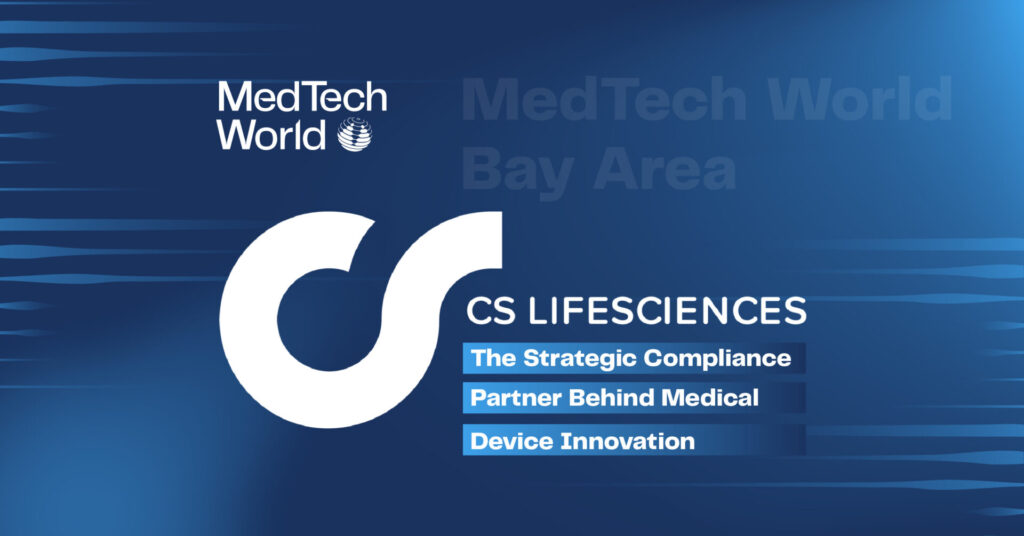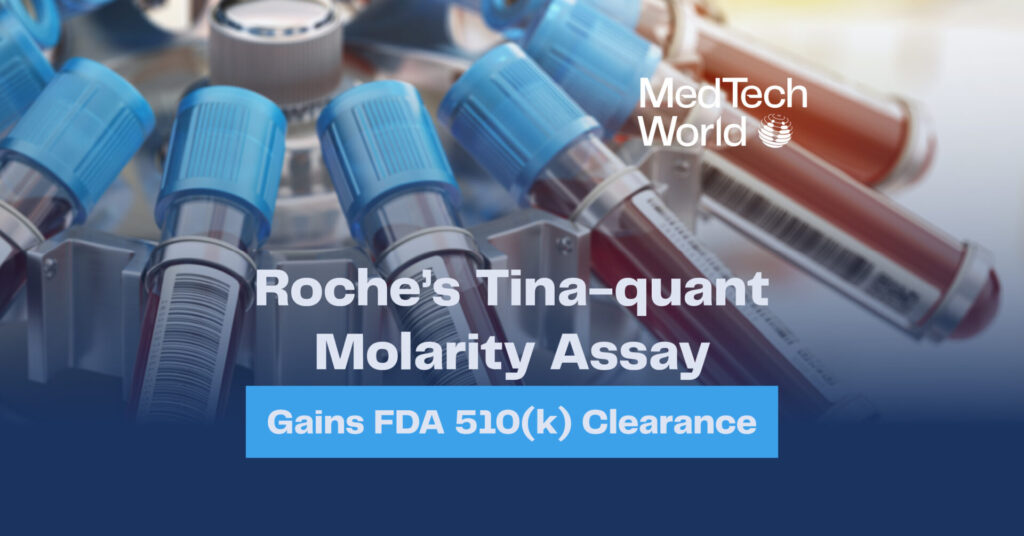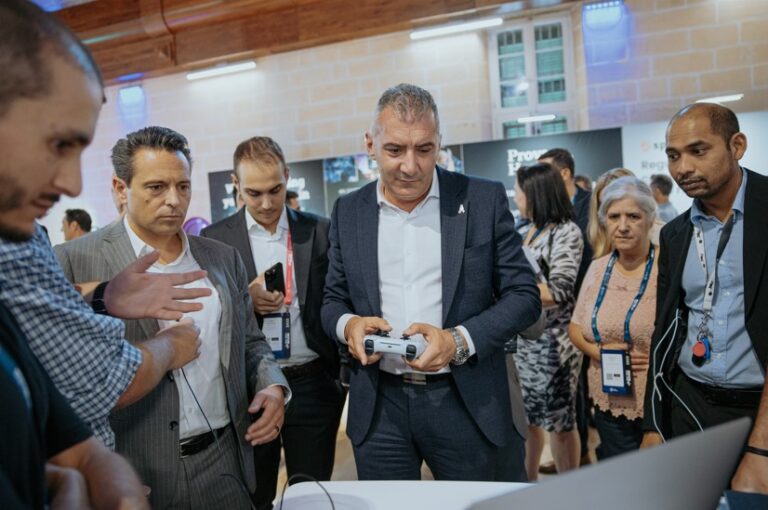
Matthew Calleja
10th January 2024
Understanding MedTech Regulation Through FDA Device Authorization
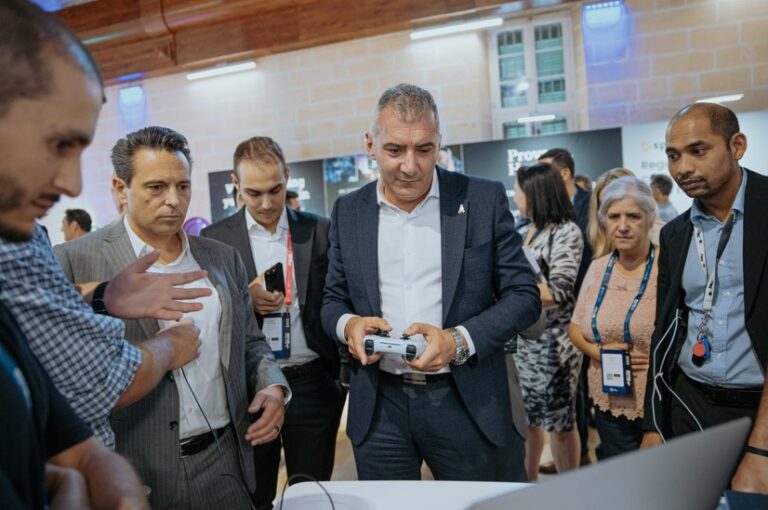
What innovative approaches lead to success in navigating the complex processes of device authorization within an already highly MedTech regulations? How can companies effectively conduct regulatory assessments, and is prioritising them upfront essential for success?
The US, with its highly regulated market and the pivotal role of the Food and Drug Administration (FDA), offers an excellent starting point for exploring these questions.
FDA clearance implications for device regulation
The FDA has been making headlines consistently this year, particularly with two notable instances in January.
Firstly, Enspectra Health achieved FDA clearance for its groundbreaking VIO System, followed by the FDA’s clearance of Qvin’s Q-Pad™ Menstrual Blood Test, a revolutionary, non-invasive diagnostic tool.
Following these breakthroughs, the FDA unveiled the latest statistics in the CDRH’s annual report, offering insights into its progress towards MDUFA V goals.
Amidst the backdrop of regulatory achievements, the FDA grabbed headlines yet again, this time unveiling a contrasting development involving Dutch health technology giant Philips. In a significant move, Philips announced its decision not to introduce new sleep apnea treatment devices in the U.S. for the foreseeable future. This decision stems from a settlement with the Food and Drug Administration (FDA), which was disclosed on Monday.
The agreement comes in the wake of a massive recall of millions of breathing devices and ventilators utilised for sleep apnea treatment in 2021. The recall was prompted by concerns regarding the degradation of foam used in the devices, which posed potential health risks including toxicity and cancer.
What does this data, combined with the perspectives of several experts, say about regulation and device authorization?
Early Regulatory Consideration:
Both experts and the FDA’s recent developments emphasise the importance of addressing regulatory considerations early in the device development process. Waiting until later stages can lead to inefficiencies, increased costs, and potential delays in market entry.
Proactive Regulatory Planning:
Experts highlight the need for proactive regulatory planning and preparation. This involves considering regulatory requirements, testing procedures, and labelling specifications from the outset, ensuring that companies are well-prepared to navigate the regulatory landscape effectively.
Budget Allocation for Regulatory Compliance:
Startups and companies embarking on medical device development must allocate sufficient budget for regulatory assessments and compliance. Understanding the potential costs associated with regulatory requirements allows for better financial planning and resource management.
Broader Regulatory Awareness:
Regulatory compliance extends beyond the FDA and may involve other regulatory bodies like the FTC. Companies must maintain awareness of evolving regulatory standards and ensure compliance with health breach notification rules and trade practices regulations to mitigate risks and maintain credibility.
Integration of Regulatory and Business Strategies:
Regulatory considerations should be integrated into broader business strategies, including reimbursement, data management, and equity considerations. Aligning regulatory compliance with overall business objectives enhances market positioning and promotes sustainable growth.
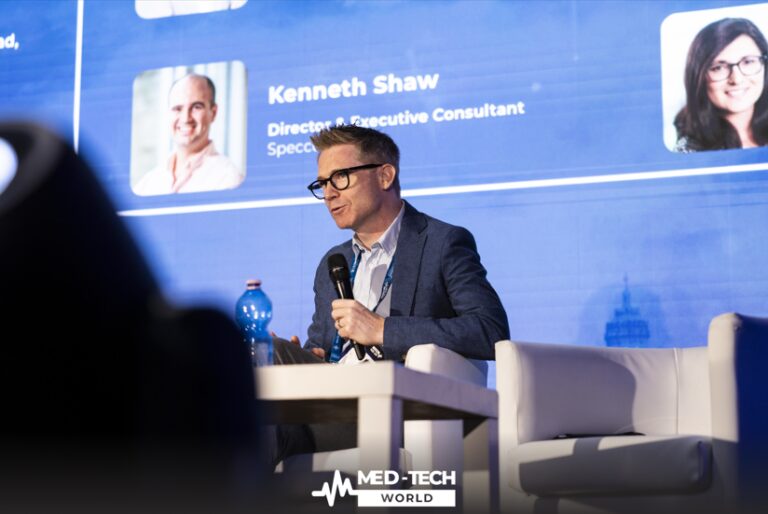
MedTech Regulations at MedTech
FDA’s Regulatory Milestones
Last year, the FDA authorised a staggering 124 new medical devices, marking a historic milestone in the agency’s 40-year history.
This surge in activity, excluding emergency use authorizations (EUAs), underscores the FDA’s unwavering commitment to advancing healthcare through innovative technologies.
Additionally, the FDA received 19,100 submissions last year, an increase from 18,800 in the previous year, indicating a growing interest and engagement with the regulatory process. To meet the escalating demands, the FDA bolstered its workforce, increasing the number of dedicated CDRH employees from 2,011 to 2,230. This expansion aligns with the agency’s commitment to fulfilling its goals under MDUFA V
The FDA said it “exceeded by 20% our pre-submission goal of providing written feedback to an applicant within 70 calendar days or five days prior to a meeting 75% of the time.”
Policy and regulation in digital health and MedTech
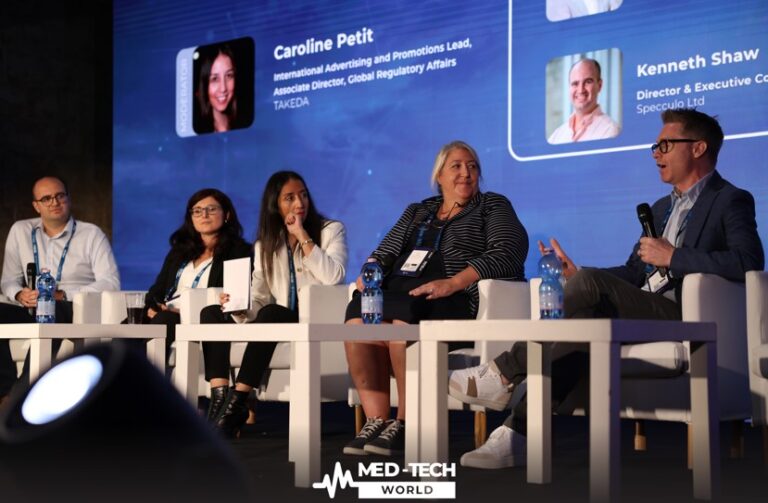
How can policymakers effectively bolster trust in AI, MedTech, digital health, and other emerging innovations? In the face of uncertain legal frameworks, what proactive steps should companies take to brace themselves for novel regulations in their respective sectors?
These and similar questions were rigorously explored and debated within an insightful panel during the Med-Tech World Malta 2023 conference, hosted at the iconic Mediterranean Conference Centre in Valletta last October.
Facilitated by the adept moderation of Caroline Petit, a versatile professional donning multiple roles at Takeda, including International Advertising and Promotions Lead, Associate Director, and Global Regulatory Affairs, the panel comprised four other distinguished experts.
- Oliver Smith – Independent Strategy Adviser and Applied Ethicist
- Kenneth Shaw – Director and Executive Consultant at Specculo Ltd
- Mysty Blagg – Healthcare Attorney at Shipman and Wright, LLP
- Anna Galluzzo – Regulatory Consultant and PRRC at Advena Ltd
Each expert brought forth unique perspectives and specialised in regulations across diverse jurisdictions spanning the UK, Europe, the US, and beyond.
Stay ahead of the curve with the latest in MedTech news and engaging discussions like these by bookmarking our news page and subscribing to our YouTube channel.



